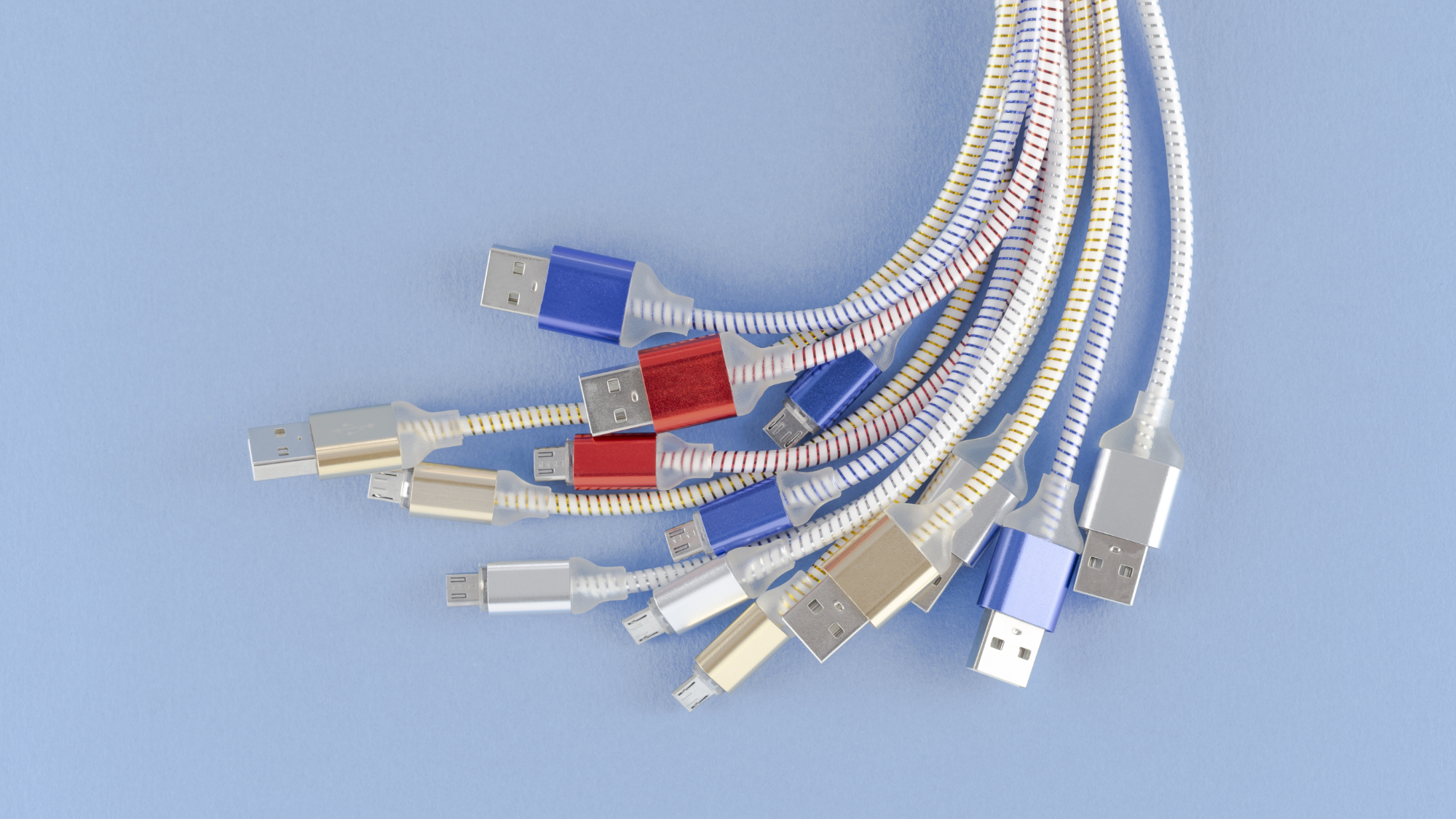The USB Implementers Forum (USB-IF), the governing body on all things USB, is rolling out a new set of guidelines that will simplify the branding of USB cables. This means new logos and, more importantly, easier-to-understand naming conventions for USB products.
According to a report on The Verge (opens in new tab), we should start seeing less confusing branding on USB cables and products in the near future. This means we can finally say goodbye to nonsensical USB cable types like “SuperSpeed Certified USB” and “USB4 Gen3x2” in favor of something a little easier to understand.
This highlights the problem with the old naming convention: Most consumers don’t know what USB cable they are getting without doing some research. The USB-IF is hoping the new naming convention will better explain what a cable is and what it does.
Jeff Ravencraft COO of the USB-IF, told The Verge, “What consumers want to know is: What’s the highest data performance level the product can achieve?”
“SuperSpeed USB10Gbps” would now just be “USB 10Gbps.” “USB4 20Gbps” is now “USB 20Gbps.” USB Type-C cables now have logos displaying power capabilities (opens in new tab) like 60W or 240W included in addition to transfer speeds on the packaging and the cable itself. So, you’ll know if that USB Type-C cable will have enough juice to power your laptop without looking through reader reviews or hoping for the best.
USB 2.0 or USB Hi-Speed isn’t adopting the new name, the reasoning being that branding the ports as “USB 480Mbps” might end up confusing people into thinking it’s faster than “USB 5Gbps” because 480 is a bigger number than 5.
As the report points out, the new guidelines seem to be focused more on displaying power delivery and transfer speeds. Some USB Type-C cables can do video out as well, but there seems to be nothing there in the USB-IF’s new rebranding scheme.
USB is an open standard, meaning that there is nothing the USB-IF can do to prevent companies from still using whatever branding it wants on new USB products. It’s not a mandate; these only apply to USB items that want to be certified by the USB-IF. So really, think of it as a loud suggestion on its part.


